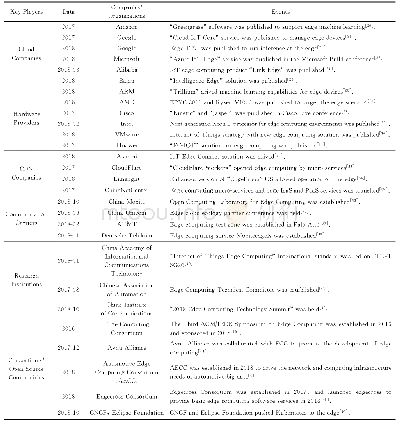《Table 1Size of computation grids and drag coeffi-cients》
 提示:宽带有限、当前游客访问压缩模式
提示:宽带有限、当前游客访问压缩模式
本系列图表出处文件名:随高清版一同展现
《Delayed Detached Eddy Simulation of Subcritical Flow past Generic Side Mirror》
As shown in Table 1,three cases are carried out,including one SST-DES case and two SST-DDES cases of coarse and fine meshes,referred as DES,DDESC and DDESF cases,respectively.The DES and DDESC cases share the same coarse mesh.The unstructured meshes are constructed in ICEM 16.0,as shown in Fig.1.DDESF adopts the same topology with finer grids in the focus region.The number of grids for the two meshes are 1.8×106and 8×106,with the sizes of grids?max≈2.5—5 mm in the focus regions.And A time-step of?t=1×10-5s is specified for DES case and DDESC case,and for DDESF case,which is5×10-5s,to achieve a Courant number lower than 1.As for boundary conditions,velocity inlet of 38.9 m/s is imposed.And non-slip boundary condition is specified for both the plate and the mirror,using wall functions for the wall modeling.Symmetry boundary is chosen for the two sides,with the upper and outlet sides defined as pressured outlet.And the open-source computational fluid dynamics(CFD)toolbox OpenFOAM 4.0is used as the platform for the implementation of SST-DES and SST-DDES turbulence models.The default transient solver using pressure implicit with splitting of operator(PISO)algorithm is used.
| 图表编号 | XD0042859100 严禁用于非法目的 |
|---|---|
| 绘制时间 | 2019.02.01 |
| 作者 | 陈鑫、李铭 |
| 绘制单位 | State Key Laboratory of Automotive Simulation and Control, Jilin University、State Key Laboratory of Automotive Simulation and Control, Jilin University |
| 更多格式 | 高清、无水印(增值服务) |





